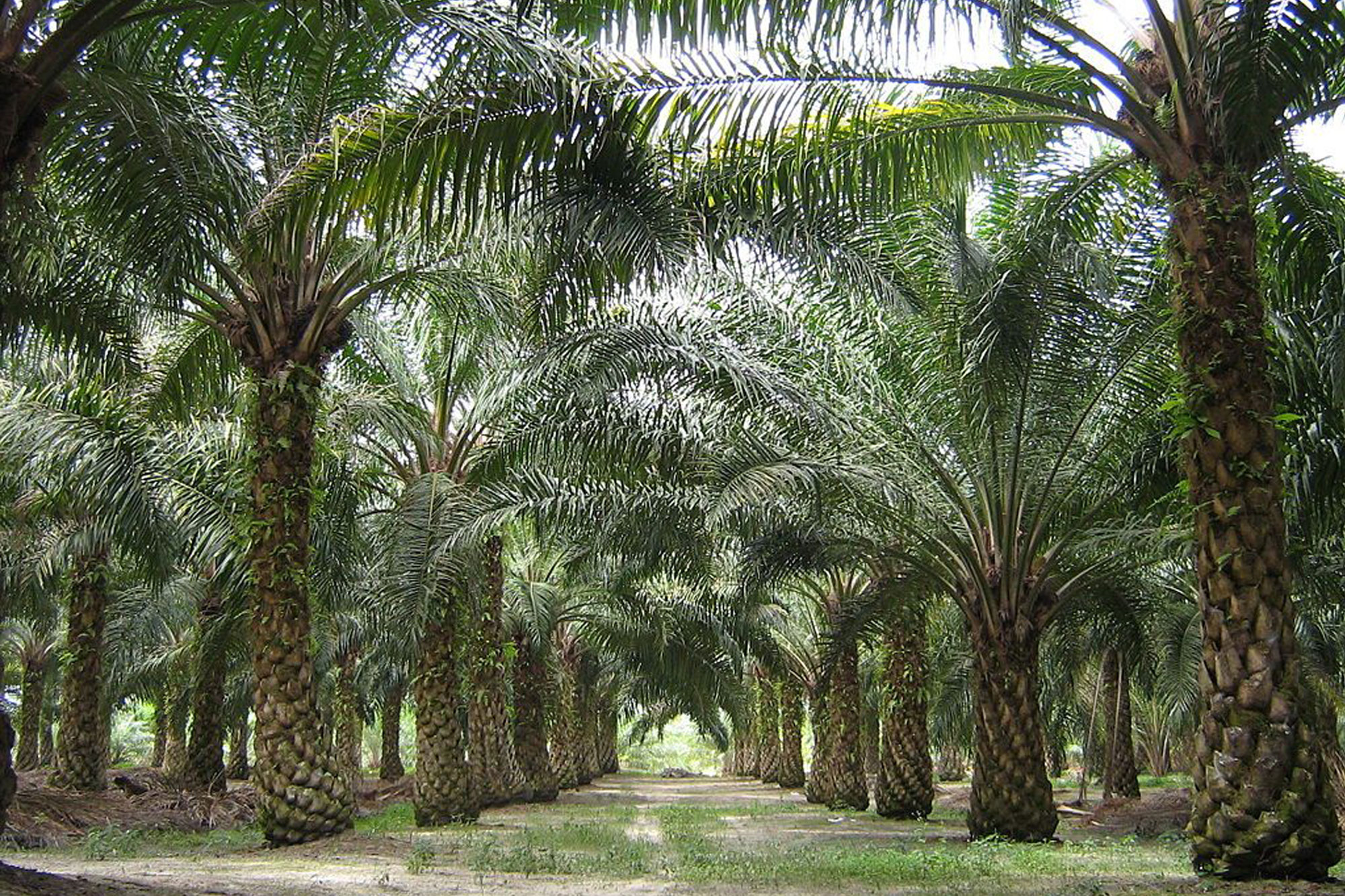Palm oil is the most commonly produced vegetable oil in the world and is incorporated in a wide range of products, including many food items, cosmetics and biofuels. Worldwide annual production of the oil from 2018 to 2019 was nearly 81.6 million tonnes (71 million metric tonnes), according to the United States Department of Agriculture (USDA), and is expected to reach 264 million tonnes (240 million metric tonnes) by 2050.
The global market for palm oil grows with every passing year: by 2022, its worth is estimated to reach $88 billion, according to the World Health Organisation. The biggest global suppliers of palm oil are Indonesia, followed by Malaysia. Combined, those countries produce approximately 85% of the world’s palm oil.
The production of palm oil is controversial, as oil palm plantations take the place of thousands of acres of mowed-down forests. On the other hand, palm oil production provides jobs for millions of people and is an important natural resource in areas of the world with struggling economies.
The attractiveness of palm oil to manufacturers lies in its cheap cost and versatility. It has a much higher production rate per hectare than any other vegetable oil and requires relatively small amounts of energy, fertiliser and pesticides to produce.
Palm oil production is seen as a path out of poverty for the populations of developing countries where it’s produced because it drives economic development. That trend has proliferated across the world: more palm oil plantations are beginning to pop up across Asia, Africa and Latin America.
Such rapid expansion of oil palm plantations means that palm oil production is one of the biggest drivers of large-scale deforestation. The increasing dedication of land once occupied by tropical forests and other species-rich habitats to palm oil plantations has concomitantly made palm oil production a major threat to biodiversity. The expansion of plantations has led to the increasingly serious risk of extinction for the orangutan, the pygmy elephant and the Sumatran rhino.
Palm oil plantations are also a huge source of greenhouse gas emissions. Because they are typically established on land converted from swamp forests, clearing the land releases large amounts of carbon dioxide and methane. The most common method of clearing is by incineration, or so-called “slash-and-burn practices,” which also contribute to regional smoke haze and water pollution.
Environmentally conscious consumers might think that boycotting products containing palm oil is the best route toward eliminating the environmental damage caused by palm oil plantations. But it’s not as simple as that.
If palm oil use were restricted, it would need to be replaced by other types of vegetable oils in order to meet the global demand for it. However, there is no equal alternative. Other oils such as rapeseed, sunflower and soybean are nowhere near as efficient to produce as palm.
 “If you’re shifting demand to a less efficient oil, you’re going to need more land, and more land comes at the expense of the natural habitats that we all cherish and love across the world,” said Dr Matthew Struebig, Reader in Conservation Science at the Durrell Institute of Conservation and Ecology (DICE).
“If you’re shifting demand to a less efficient oil, you’re going to need more land, and more land comes at the expense of the natural habitats that we all cherish and love across the world,” said Dr Matthew Struebig, Reader in Conservation Science at the Durrell Institute of Conservation and Ecology (DICE).
Our best hope for decreasing the environmental impacts of palm oil is to strive “for more sustainable production,” Dr Struebig told Live Science.
“Sustainability is much broader than just species protection. It’s about people’s livelihoods, it’s about their wellbeing, it’s about greenhouse gas emissions, it’s about clean, healthy water, it’s about having access to a decent wage. The issues that are there are much broader than orangutans.”
As of 2020, just under 20% of palm oil is sustainably produced, according to the Roundtable on Sustainable Palm Oil (RSPO), a global initiative formed in 2004 that sets specific standards regarding deforestation, lawfulness, transparency and social impact — standards that must be met in order for palm oil to be considered sustainably derived. Companies such as PepsiCo, Unilever, Nestlé and General Mills have made the commitment to source 100% RSPO-certified sustainable palm oil.
Palm oil isn’t going away anytime soon. So, as Dr Struebig indicates, the most effective way to curb the environmental impacts of palm oil is to support the initiatives and brands committed to a more sustainable palm oil industry.
This is an edited version of Grace Browne’s ‘What is oil palm?’ for Live Science. The full article can be read here.

